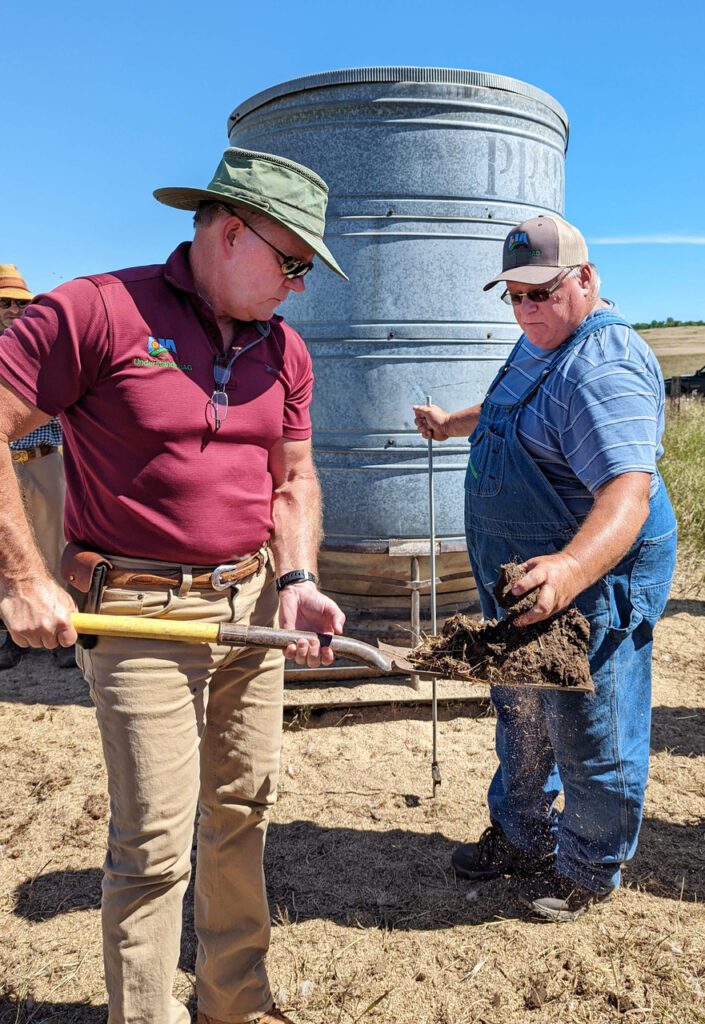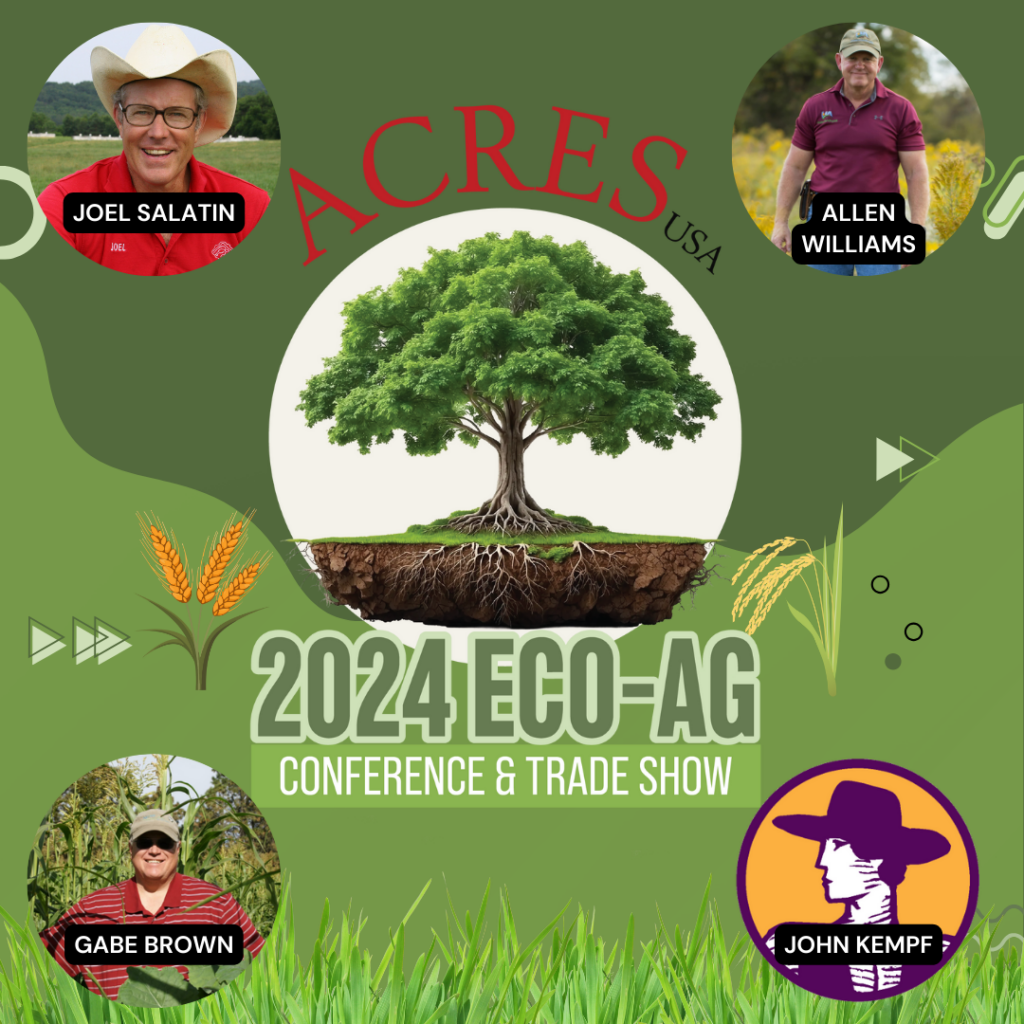Don’t wait to begin practicing regenerative agriculture — the benefits are toogreat
By Gabe Brown and Allen Williams
Are you on the fence as to whether to make the leap into regenerative agriculture? Are you wondering whether it’s right for your operation? Have you known that you need to make some changes on your farm, but just haven’t been ready to give it a shot?
Many American farmers and ranchers are in this camp today, and we believe that making the transition to regenerative can be extraordinarily beneficial to these operations. And while nothing in life is simple, with a good education, the right mindset, hard work and encouragement from those of us who’ve already done it, regenerating a farm is something that every farmer can do.


We define regenerative agriculture as “farming and ranching in synchrony with nature to repair, rebuild, restore and revitalize ecosystem restoration, starting with life within the soil and expanding to all life above the soil.” We define it this way because we are actual farmers and ranchers — practitioners of the trade — while we also consult across more than 36 million acres under regenerative transition in all 50 U.S. states and many other countries. We witness the benefits every day.
Through our decades of experience, we have boiled successful regenerative agriculture down to what we now refer to as the 6-3-4. That is, the six principles of soil health, three rules of adaptive stewardship, and the four ecosystem processes. Educated and intentional application of these principles and rules produces an array of tangible benefits that include significant improvements in soil biology, water infiltration, nutrient cycling and ecosystem biodiversity, while simultaneously reducing inputs, cultivating resilience, and increasing net profits.
Here’s a sample of what we’ve observed in collaborative research and field trials that have implemented these principles:
- An improvement in soil aggregate depth from a mean of 2.3 inches in year one to 14.7 inches by year four
- An increase in total fungi of 176 percent, with mycorrhizal fungi increasing 153 percent and saprophytic fungi increasing 199 percent
- An increase in plant species diversity of 123 percent from the latent seed bank
- An increase in profitability by over 75 percent in four years.
In a multistate trial comparing regenerative farms to their conventional neighbors, the regenerative farms experienced a number of advantages:
- The regenerative farms were a more powerful greenhouse gas sink — four times more than their conventional neighbors — averaging a drawdown of 12.1 tons/hectare annually vs. 2.9.
- Regenerative farms have three times more grassland bird populations, 33 percent more beneficial insect species diversity, and 25 percent more active soil microbes.
- The regenerative farms averaged 2.3 times more rainfall infiltration than their conventional neighbors.
Research conducted in collaboration with Dr. Stephan Van Vliet also shows that regeneratively produced meat and milk are significantly higher in key phytonutrients, vitamins and fatty acids compared to conventionally produced meat and milk. Several interesting aspects of the research revealed that fresh forages contain between five and 20 times more antioxidants than total mixed rations. Regeneratively managed soils were significantly better in soil organic matter, cation exchange capacity, and key elements such as zinc, iron, phosphorus and potassium (K). In examining key correlations, higher phytonutrient richness is closely related to soil biological diversity and biomass, and to plant species diversity.
With all these benefits, why do we not see even more farmers making the transition from conventional production to regenerative? It boils down to three primary barriers to adoption:
- Lack of awareness and education. You cannot implement what you do not truly understand.
- Peer pressure. This is very real in agricultural communities and includes peer pressure from family and friends, vendors, lenders, neighbors and even university faculty, extension personnel and USDA personnel.
- Debt load. Debt load is quite ironic. A farmer is in debt because what they have been doing is not working. That is when they most need to make a change. However, this same debt paralyzes the farmer, as they feel that if they make a change and it does not work, they will be out of business.
We have dedicated our lives to helping farmers effectively and efficiently alleviate each of these barriers. It is not hard, it does not require large initial upfront costs, and it does not take years to achieve. It simply takes education, establishment of a strong peer-to-peer network, strategic debt reduction, and a little “hand-holding.”
What are you waiting for? It’s time to begin your regenerative journey.
Gabe Brown and Allen Williams are farmers, educators and consultants through Understanding Ag and Soil Health Academy. They and their team will be speaking at the 2024 Acres U.S.A. Eco-Ag Conference, December 2-5 in Madison, Wisconsin.














